BRUCE ARNOLD EAR TRAINING PRODUCTS (1184 mp3 11 pdf)
Bruce Arnold ear training
Description
This product is the result of a GB… sharing elsewhere will result in being banned! BRUCE ARNOLD EAR TRAINING GB / Key Note Recognition Book and MP3s… To play “by ear” a musician must first sense the key a chord or chord progression is in. You must also be able to sense key modulations in order to follow chord progressions that change key. The exercise found in this book is crucial to developing these skills. Imagine being able to know the key of what you are hearing by just playing one note on your instrument. Think about the power this gives you to follow unfamiliar chord changes and get a quick sense of where keys are changing. This is the first step in developing the ability to follow complicated chord changes or to make informed scale choices when playing over a chord progression. More importantly, developing the skills found in this book allows you to organize and remember sound based on how you hear it, not on how you consciously think about it. It will move you away from remembering sound based on non-musical distinctions such as instrument fingerings, and toward remembering and organizing sound based on how you hear it. Ultimately, this brings you closer to a deeper understanding of music and you will be able to store and retrieve music in your mind from a much more musical place.Key Retention Builder Book purpose of this book is two fold. Develop your key retention and improve your aural conprehension of the most common key centers that are created from the modes of Major, Melodic Minor Ascending, Diminished, Whole Tone and Harmonic Minor. There is also a set of 12 tone melodies included. Developing a strong sense of key makes many aspects of ear training easier and becoming familiar with the common key centers helps you compose and improvise with greater clarity. Exercises are presented in all keys and the 4 accompanying CDs allow you to work on these exercises in all keys. The idea is to slowly wean you away from having to hear a drone as a key reference and have the key center become a natural part of the way you hear. To do this you will work on each set of singing exercises and slowly remove the drone until you can hear a cadence and then sing all the way through any exercise in this book by only getting a key reference to start. There are 4 CDs that accompany this book will help you reach this goal. LINES:Sight Reading and Sight Singing Exercises is a new ear training and sight singing book which takes a different approach by utilizing single line and part singing; where one voice is played while another is sung. The student can also choose to download midifiles of these exercises, as an alternative to playing them. These midifiles are available on the internet for free at www.muse-eek.com A method for creating a personal ear-training tape is also explained, which takes a fresh approach to learning note recognition. This regimen of singing and listening to an ear-training audio tape has been used with great success, even for students with severe pitch recognition problems. Secondary Dominants it’s heart this is an ear training exercise to improve a students ability to apply the Melodic Minor Ascending Modes to secondary dominants and other dominant functions. These exercises help a student learn how they hear secondary dominants and in turn develop an ability to improvise over these chords and recognize their existence via their aural skills. Ear Training is learned in one context at a time. If you spend your time just doing one certain exercise you will find while you gain ability with that specific exercise, you may not be able apply it to “real” music situations. This is why applying ear training to common chord progressions is one of the most important things to do once you have a working knowledge of how all 12 notes sound within a key center. This book contains simple singing and improvisational workouts over chordal jam tracks to put yourself inside these “real” musical situations. They are a fun way to strengthen and test what you are learning. Secondary dominant harmony is one of the most commonly found chordal movements in music; “I Got Rhythm” wouldn’t exist without it! Being able to hear these chords and how they interact is crucial to playing and writing music. Secondary Dominant harmony chord scales are most commonly associated with the modes of Melodic Minor Ascending. That’s why this book concentrates on these 7 modes of Melodic Minor Ascending. Developing your ability to instantly recognize what you are hearing in any given chord change is an important skill for any improvising musician or budding composer. This book presents you with chord progressions specifically chosen from my 30 years of teaching ear training because they are likely be heard in one way. This of course won’t be universal with all students, but in my experience I have found that the progressions I have provided tend to lead a student’s ear in a certain direction. Above all, first use “your” ear to help you decide which scale to use and then tackle these chords progressions accordingly. 91 page book and 84 MP3s are included in various styles such as Rock, Funk and Reggae. The MP3s allow you to work on this exercise in all 12 keys. Seven MP3 solos examples are also included.Perfect Pitch Ear Training for Piano people are surprised to hear that perfect pitch is learnable, but it is. By definition, perfect pitch is the ability to recognize the sound and identity of a note by itself without using another pitch or key center as a reference. Using this book and the accompanying 344 MP3s will get you there. The files consist of 86 pitches from an acoustic piano at 4 different lengths of 12, 6, 4, and 1 seconds. The differing time lengths allow students to tailor their practice to their own daily schedule, and to create their own exercise regimens. Explanations guide the student into a productive work method, one that has been successfully used by the author in his 30 year career as a music instructor. Perfect Pitch ear training can be used by students with little or no prior musical training. Since the audio files are MP3s you will need an MP3 player, preferably a portable one, to get the most out of the course. With discipline, motivation and patience, you can have perfect pitch. Ear Training Two Note Complete…
You must be logged in to post a review.

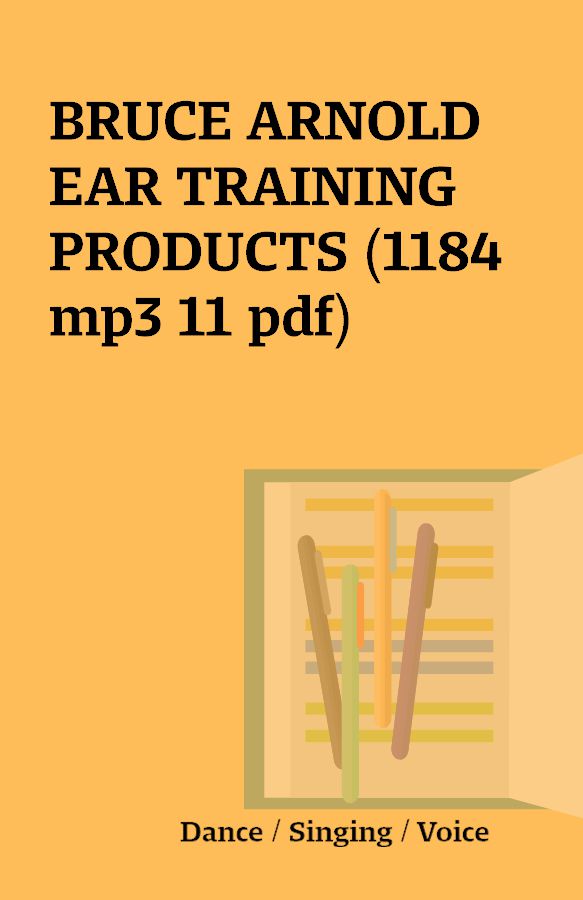
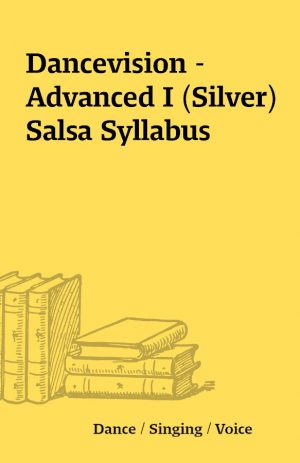
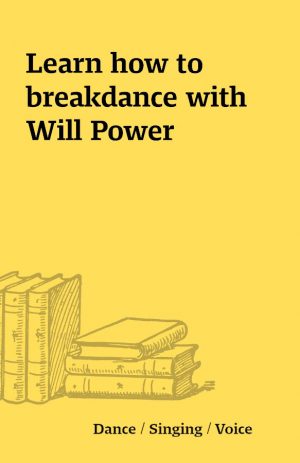
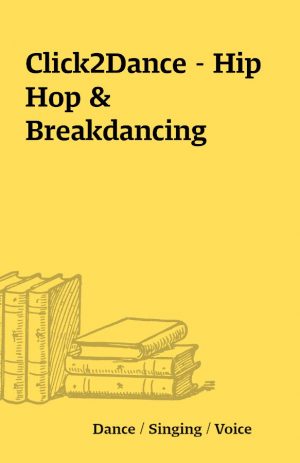
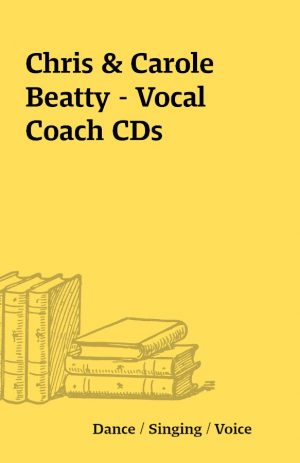
Reviews
There are no reviews yet.